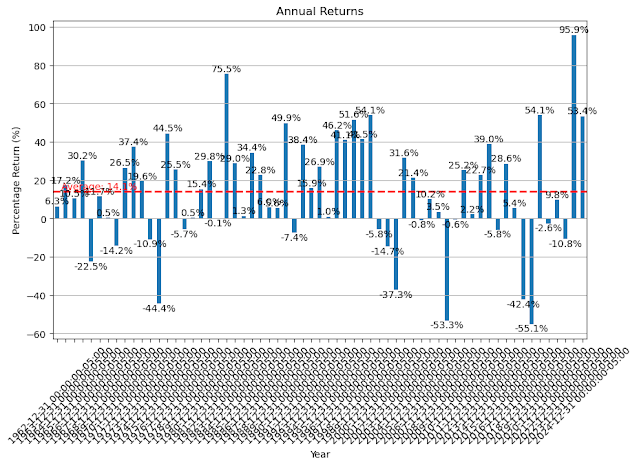Introduction:
In the vast expanse of the aerospace and defense industry, General Electric Company, operating as GE Aerospace, stands out as a beacon of innovation and resilience. With a storied history dating back to 1892, GE Aerospace has cemented its position as a pivotal player in designing and producing aircraft engines and systems. This blog post delves into GE Aerospace's market position, financial health, and the strategies propelling its ascent in the aerospace sector.
Global Presence and Industry Standing: GE Aerospace, headquartered in Evendale, Ohio, is not just an American icon but a global powerhouse with operations spanning Europe, Asia, the Americas, and the Middle East. Its comprehensive portfolio, encompassing commercial and defense aircraft engines, integrated engine components, and aftermarket services, underscores its diversified approach to conquering aerospace challenges.
Workforce and Leadership: With approximately 125,000 employees, GE Aerospace is a major employer, reflecting its extensive operational scale and commitment to fostering talent. The leadership, steered by CEO Mr. H. Lawrence Culp Jr., plays a critical role in navigating the company through the industry's dynamic landscapes, driving innovation, and maintaining a competitive edge.
Financial Insights: GE Aerospace's financial metrics offer a window into its economic vitality:
- Profitability: The company boasts a profit margin of 13.95%, illustrating its efficiency in converting revenue into profit. An EPS of 7.99 and an ROE of 28.445% further highlight its profitability prowess, showcasing robust earnings and effective equity utilization.
- Liquidity: The current and quick ratios (1.175 and 0.729, respectively) reveal GE's capability and strategy in managing short-term obligations, crucial for maintaining operational agility.
- Market Valuation: GE's trailing P/E ratio of 19.56 and a forward P/E of 31.96 reflect investor confidence and future growth prospects. The stock's beta of 1.235 indicates a slightly higher volatility than the market, a factor investors keenly observe.
- Debt Management: The debt-to-equity ratio at 80.255 signals a substantial leverage, typical yet noteworthy in the capital-intensive aerospace sector, necessitating strategic debt management.
Strategic Implications and Risk Considerations: While GE Aerospace's global reach and product diversity fortify its market stance, financial acumen is pivotal in steering through the industry's inherent risks and volatilities. The company's approach to liquidity management, debt strategy, and investor relations will be instrumental in sustaining its growth trajectory and financial stability.
Conclusion: GE Aerospace epitomizes the fusion of historical legacy and forward-looking dynamism. As it navigates the complexities of the aerospace and defense sector, its strategic decisions, from financial management to global expansion, will be crucial in shaping its future. For investors, stakeholders, and industry observers, understanding GE's multifaceted strategy offers valuable insights into its enduring legacy and future potential in the high-flying aerospace domain.



No comments:
Post a Comment